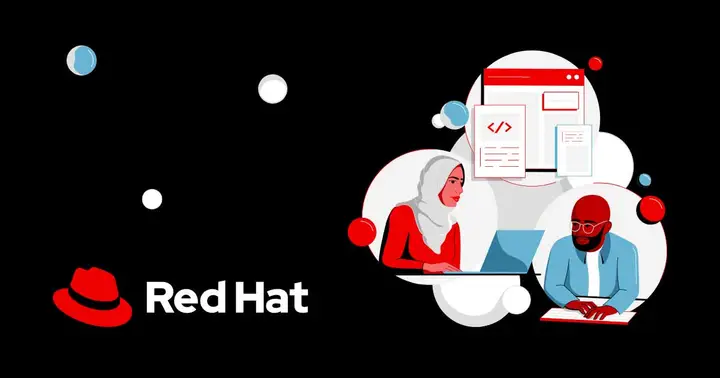Key Features and Enhancements in RHEL 10.1:
1. Offline AI Assistant: A notable addition is an offline command-line AI assistant, currently in development preview, aimed at Red Hat Satellite subscribers. This tool assists with common tasks such as installation and troubleshooting without the need for an internet connection, making it ideal for secure environments that require offline operation.
2. Increased Context Limit: The context limit for interactions with the AI assistant has been raised from 2KB to 32KB, facilitating deeper and more complex interactions by allowing larger data streams and longer log files to be processed efficiently.
3. AI Accelerator Drivers: Red Hat has introduced validated AI accelerator drivers in its Extensions Repository, simplifying the integration of machine learning hardware like GPUs and TPUs. This enhancement helps streamline the often cumbersome process of updating and managing drivers.
4. System Management Improvements: RHEL 10.1 includes a new systemd capability called image mode, which allows for soft reboots. This means that system administrators can update applications or libraries without needing to reboot the entire system, thereby minimizing downtime.
5. Reproducible Builds: The update enhances reliability by ensuring that container images built in image mode are identical every time, which boosts confidence in security and simplifies automation.
6. Updated Developer Tools: RHEL 10.1 features the latest versions of programming languages and development tools such as Go, Rust, GCC, and .NET, which come with performance improvements and security enhancements.
7. Post-Quantum Cryptography (PQC): The release includes advancements in cryptography, introducing more robust algorithms to protect against future quantum threats.
8. OpenTelemetry with TPM Security: RHEL 10.1 integrates OpenTelemetry with Trusted Platform Module (TPM) security across major cloud platforms, reinforcing the security of telemetry data in hybrid environments.
9. Image Builder CLI: A new image builder command-line interface (CLI) enables the creation of clean RHEL images offline, streamlining integration into continuous workflows like CI/CD pipelines.
Key Features in RHEL 9.7:
Similarly, RHEL 9.7 incorporates several significant features from RHEL 10.1, including post-quantum cryptography, an offline command-line assistant, updated developer tools, and improved support for reproducible image builds and hybrid cloud encryption through TPM.
Overall, both RHEL 10.1 and 9.7 showcase Red Hat's commitment to enhancing the security, efficiency, and usability of its Enterprise Linux offerings, addressing the needs of modern enterprise IT environments. These updates position Red Hat as a forward-thinking player in the realm of enterprise software, particularly in the face of emerging technological challenges and security threats.
For further details, refer to the official announcements on what's new in RHEL 10.1 and RHEL 9.7
Red Hat Enterprise Linux 10.1 and 9.7 released
Red Hat has released two major updates to its Enterprise Linux platform: RHEL 10.1 and RHEL 9.7, which bring various improvements to enhance security, reliability, and productivity. A notable feature in RHEL 10.1 is an offline command-line AI assistant, currently in development preview, that helps with common tasks like installation and troubleshooting without an internet connection. The update also includes enhancements such as a higher context limit, validated AI accelerator drivers for integrating machine learning hardware, and improved system management features like reproducible builds and soft reboots. Additionally, RHEL 10.1 introduces new tools, security features, and performance tweaks, including PQC support, OpenTelemetry with TPM security enabled, and an image builder CLI to simplify integration into continuous workflows.
Red Hat Enterprise Linux 10.1 and 9.7 released @ Linux Compatible


